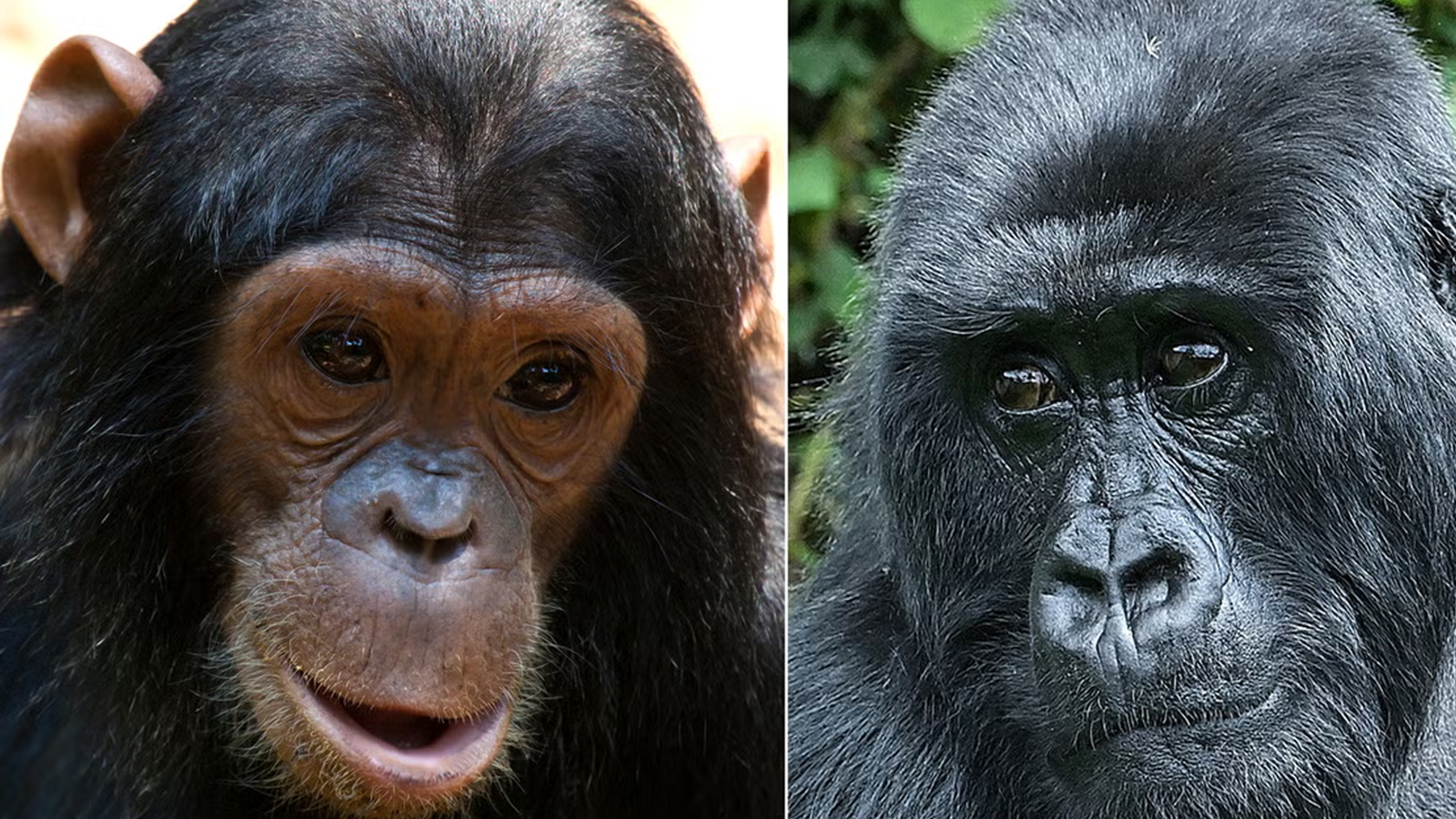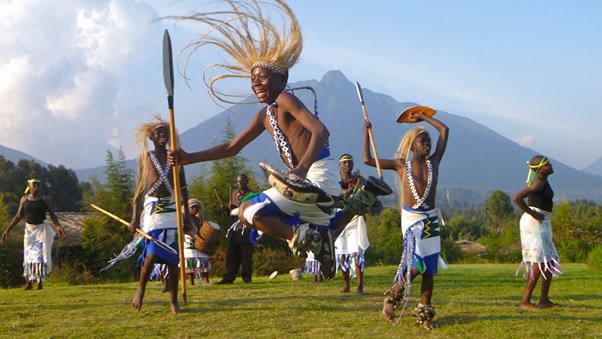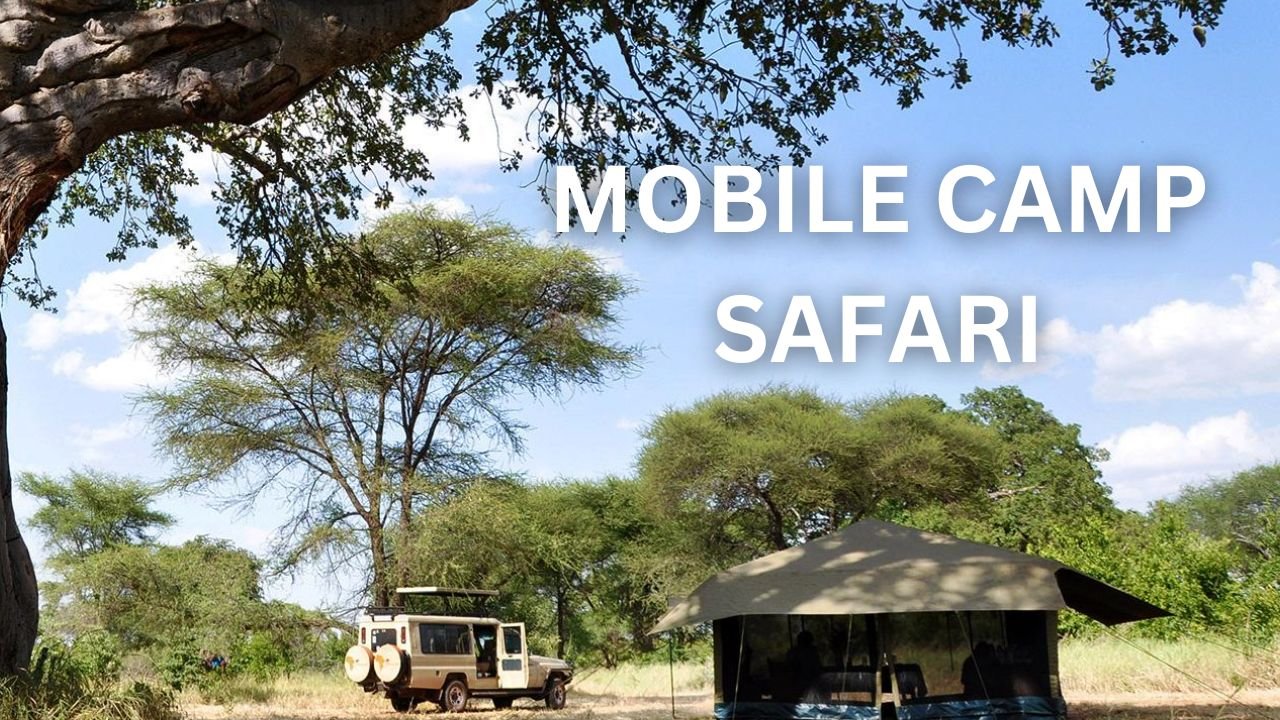Cultural Encounters in Bwindi National Park
Bwindi Impenetrable National Park, located in southwestern Uganda, is a UNESCO World Heritage Site and a renowned destination for gorilla trekking. The park’s unique ecology and dense rainforest provide a rich setting for cultural encounters between visitors and the local communities. Here are some of the cultural encounters you might experience in Bwindi National Park:
- Guided Tour: Visitors are led by local Batwa guides who share their personal stories and insights into their traditional way of life. They explain how the Batwa lived in harmony with the forest and the wildlife, showcasing their vast knowledge of medicinal plants and survival techniques.
- Traditional Activities: During the experience, tourists might have the chance to participate in various traditional activities alongside the Batwa, such as fire making using traditional methods, gathering wild fruits, and learning about the art of using traditional bows and arrows for hunting.
- Cultural Performances: The tour often includes cultural performances, where Batwa community members showcase their traditional songs, dances, and musical instruments. These performances are not only entertaining but also serve as a way to preserve and pass down their cultural heritage to future generations.
- Interaction with Batwa Families: Some tours may offer opportunities to visit Batwa families in their homes and gain firsthand insights into their daily life and customs. This provides a more personal and intimate experience with the community.
- Craft Demonstrations: The Batwa are skilled artisans, known for creating beautiful handicrafts using natural materials. Visitors might witness craft demonstrations and even have the chance to purchase traditional crafts as souvenirs, directly supporting the Batwa community.
- Authentic Experiences: Community walks offer visitors the chance to experience destinations from a local perspective. Instead of merely observing tourist attractions, travelers get to interact with the people who call the place home and learn about their daily lives.
- Cultural Exchange: These walks facilitate cultural exchange between travelers and residents. Tourists can learn about the community’s history, customs, traditional practices, and artistic expressions, while locals can gain insights into the visitors’ cultures and backgrounds.
- Supporting Local Economies: Tourism income generated through community walks often goes directly to the local communities. This economic benefit can support small businesses, encourage the preservation of traditional crafts, and enhance the overall well-being of community members.
- Preserving Cultural Heritage: By involving tourists in community walks, there is a greater incentive for communities to preserve their cultural heritage and maintain traditional practices. This helps safeguard cultural identity, customs, and local knowledge.
- Environmental Conservation: Community walks can also promote responsible and sustainable tourism practices. Local communities often have a vested interest in protecting their natural environment, which can lead to better conservation efforts and a reduction in negative environmental impacts.
- Empowering Local Communities: Engaging in tourism-related activities empowers local communities by involving them in the decision-making process and encouraging entrepreneurship. This can lead to improved infrastructure, healthcare, and educational opportunities.
- Enhanced Visitor Satisfaction: Travelers who participate in community walks often report higher levels of satisfaction with their experiences. Interacting with locals and gaining a deeper cultural understanding adds value to their trip.
- Collaborative Decision-making: Local communities are engaged in the decision-making process concerning natural resource management. Their knowledge of the local ecosystem and traditional practices are taken into account when formulating conservation strategies.
- Co-management and Ownership: Community members often have a stake in the management and ownership of the natural resources they rely on for their livelihoods. This sense of ownership fosters a sense of responsibility for conservation.
- Sustainable Livelihoods: Community-based conservation initiatives consider the socioeconomic well-being of the local population. They aim to provide sustainable livelihood opportunities that are compatible with conservation goals, reducing the need for destructive practices such as illegal logging, poaching, or overfishing.
- Benefit Sharing: Fair distribution of the benefits from conservation efforts is essential in community-based initiatives. This can include revenue-sharing from ecotourism, access to healthcare and education, or support for community development projects.
- Education and Awareness: Community-based conservation often involves education and awareness programs that promote environmental understanding and sustainable practices. This helps build local capacity and foster a conservation ethos within the community.
- Cultural Preservation: These initiatives acknowledge and respect the cultural practices and traditional knowledge of local communities. Cultural preservation is seen as integral to the overall success of conservation efforts.
- Conflict Resolution: Involving local communities in conservation can help address conflicts that may arise between conservation objectives and local interests. Open communication and collaborative problem-solving are key components.
- Adaptive Management: Community-based conservation embraces adaptive management, which means being flexible and learning from both successes and failures to refine conservation strategies over time.


